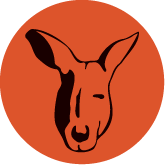AUSTRALIAN ABORIGINAL CULTURE SERIES N0. 1
17 Years Wandering Among the Aboriginals
By James Morrill
ISBN 978-0-6455122-6-7
Revised edition 2023
Published by David M. Welch 2006
Format: Paperback
80 pages, with 109 black and white photos taken by Alfred Atkinson and James Handley in the 1880s and 1890s, and by Eric Mjoberg between 1910-1913
illustrations, colour maps, colour portraits ; 24 cm.
Click here for a list of booksellers who stock this title.
Previously published in 1896.
This new edition contains James Morrill’s original 1864 text with accompanying photographs previously published by Eric Mjoberg in 1918. Photographs by Alfred Atkinson and James Handley, taken about the 1890s are also included.
“The true story of James Morrill, shipwrecked in 1846 off the north-east Australia coast before it was colonised. With historic photos of the region by Eric Mjoberg, 1918.”
Click here for a list of booksellers who stock this title.
An Extract From the Text:
“The aboriginals among whom I have been living are a fine race of people, as to strength, size, and general appearance; but like those of other parts of this colony, they are treacherous, jealous, and cunning. They are not black, they are more of the colour of half-castes. When born they are nearly white, but when they are three days old, the gins squeeze their own milk on them, and rub charcoal into their skins to make them black and shine. They have sunken eyes, broad noses – which are made so by their parents in infancy – and broad mouths. The infants are allowed to suck at the breast a long while, indeed, until they are old enough to get their own food. I have seen a child sucking at the breast with its next brother or sister. I have also seen the little things working in the swamps with their mothers, setting roots, and every now and then go and take a suck at the breast. The women have very few children, seldom exceeding four, and very seldom more than one at a time. I know of about four cases of twins. I also remember that in one case when there was a boy and a girl born to a woman, the father killed the boy and saved the girl – to save the trouble of bringing them up – for they are very lazy. It caused, however, a great disturbance in the camps among their friends, who thought they ought to have brought them up. The women go in the swamps the next day after their confinement as usual, to gather food, as though nothing had happened. The men have several wives – in some instances as many as eight or nine – and it is about their wives that all their wars, fights, and feuds occur; they steal them from each other and frequently lend them, or sell them for a time, for a slight consideration.
They never stay long in a locality, as soon as one place becomes a little exhausted of food they travel to another. In the wet and cold season they put up small gunyahs to live in, but in no particular order. They live in tribes, each tribe speaking a different dialect, it can hardly be called a different language; I could speak eight of these dialects. They have no chiefs – the strongest is the best man.
They get their living by fishing, hunting, digging in the earth for roots, gathering fruits, etc. They can eat anything; among other things sharks, alligators, shrimps, shell fish, and fish of all kinds. Kangaroos, rats, wallabies, snakes, grubs, snails, and all kinds of creeping things. Wild ducks, geese, turkeys, several kinds of roots, one of which grows at the tops of the mountains, is the best eating, called (moogoondah), it is white, sweet, firm, dry, and grows in red clay soil. There is another lower down, at the foot of the mountains, in the scrub, called (malboon), which is soft and more moist, and is very nice eating. There is another root rather of a sticky nature when cooked, which grows on the mountains, not in the scrub, but in the grass, and white, like a turnip, with a small thin leaf, called (cornool). There is another, smaller and darker in its colour, but in other respects very much like it, called (cahnan). Another, a creeper, which grows on the high banks of the freshwater rivers, with a small green leaf, the leaves very thick, called (booan). There is another similar to a turnip, but smaller, called (manoon). There is one which runs in and out among the grass, with a little blue flower, called (cardoola or carlmbar), and many others more or less like them. They have several kinds of fruits, a plum, very large, but very little flesh on it, all stone nearly, called (cowan gowan, or oolubba). There is a small currant, very blue in colour, but nearly all stone, called (moorgah mudda). A wild banana, full of black seed, and very little flesh. There is also a white berry, similar to the white currant, very sweet, called (walba). There is another, which is red, nearly all stone, called (mooray). There is a fruit like an apple, called (barkabah); a red fig, called (cowarah); and a black one called (ballamoo). The bread fruit grows on the mountains, called (margurdah).
Some coconuts used to wash ashore sometimes, I suppose from the other islands, as I never saw them growing in my rambles. There is plenty of honey in the hollows of the trees, from the native honey bees. They eat honey, combs, and bees too if they are hungry. There is plenty to eat if they are not too lazy to fetch it. Human flesh cannot be considered a part of their food, although they sometimes eat it. They eat young men killed in battle, or if killed by accident, also young women and children, but never those of their enemies. They cut their enemies up in strips, dry them, and distribute the pieces through the tribe, by which means they think they have their enemies’ strength added to their own, and that they will be lucky in hunting and fishing.
They have no written language whatever, and consequently very little tradition. It is very guttural in sound, and extremely limited in power of expression. Of course they have no means of teaching their language but by imitation and memory, assisted by their wants. The different animals are arranged according to the size of their feet, hence the sheep have the same name as their wallabies (cargoon); all kinds of sailing vessels have the same names as their canoes, because they float on the water (woolgoora). The heavenly bodies are named differently, the sun is (ingin), which they think is a body of fire, because of its warmth, and especially so since they saw us light rag with a burning glass. The moon (werboonburra), they say is a human being, like themselves, and comes down on the earth, and they sometimes meet it in some of their fishing excursions. They say one tribe throws it up and it gradually rises and then comes down again, when another tribe catches it to save it from hurting itself. They accordingly think there is a new sun and moon every day and night. There is a large open space on Mount Elliott with not a vestige of vegetation on it, whilst up to the very margin of it is a thick scrub, and they told me it was done by the moon, which once threw its circle stick round it, meaning its boomerang, and cut it off. Throwing the sun and moon up by one tribe and catching them by another, will easily be recognised as their explanation of the rising and setting of those bodies. They have no knowledge of the earth beyond the locality they inhabit. The stars and comets are both the same in name (mi goolerburda). They think the falling stars indicate the direction of danger, and that comets are the ghosts or spirits of some of their tribe, who have been killed at a distance from them, working their way back again, and that they come down from the clouds on the coast. We saw one this last dry season which they thought was one of the tribe who had been killed in war. They think all the heavenly bodies are under their control; and that when there is an eclipse, some of their tribe hide it with a sheet of bark to frighten the rest. About six years ago, there was nearly a total eclipse of the sun, the only one I saw. I asked an old man what it meant, and he told me his son had hid it (the sun) to frighten another of his tribe. But they are very uneasy during its continuance. They pick up a piece of grass and bite it, making a mumbling noise, keeping their eyes steadily fixed on it till it passes over, when they become easy again and can go to sleep comfortably. They think they have power over the rain (durgun) to make it come and go as they like. The rainbow (terebare) they think, is the clouds spewing fish in the lagoons, and roots on the hills, or something for their good, wherever the end points. They are very frightened at thunder (teegoora), and lightning (timulba), although I never knew an instance of any harm being done with the lightning. They have no knowledge of how they came into existence, they think they live and die like dogs, but there is a kind of innate fear of death, and they have some thought that they will jump up white fellows; the reference to their friends in the comets points to some undefined hereafter, but the knowledge of the future is nearly obliterated. They told me that their forefathers witnessed a great flood, and nearly all were drowned, only those who got on a very high mountain (Bibbiringda, which is inland of the north bay of Cape Cleveland) were saved. I understood them to refer to the flood mentioned in scripture, especially as they say only a few were allowed to go up.
They can only count five – (Woggin) l, (Boolray) 2, (Goodjoo) 3, (Munwool) 4, (Murgai) 5. For any number beyond these, they put up their 10 fingers together; beyond that again, the 10 fingers of another person, and so on for three or four persons, till they come to a moon; and when they refer to fish, roots, or things in general, they can only say a few or plenty. They measure time by moons and wet and dry seasons.
The natives get fire by friction, by rubbing two soft pieces of wood of the same kind together, they generally use the wood of the black fig as being the easiest. They take a branch off, a little thicker than your finger, split it up and put it on the ground, the flat side upwards, and hold it down with their feet; they then take a sound piece, round and straight, about 12 inches long, and put one end on the flat side of the piece on the ground, holding it up between their hands, and then commence rolling it rapidly between them, pressing it into the piece beneath, so that it begins to make a hole in it, as though they were boring it; after they have done that for a minute or two, they make a notch on the side of the piece at the bottom, so that the fine dust they make while the boring process is going on shall fall down on some dry grass they have there to catch it, they then repeat the rolling process till the sparks come, at last pick up the dry grass with the dust in it, and blow it till it lights up.
The ceremony of making the lads young men, takes place about once every six years. They had four ceremonies of this kind while I was with them. For eight or nine months immediately previous, they have to go in the bush to provide for themselves, during which time they are never allowed to see a female, this is to test their fitness to take a wife; if they do see a female, they think they will waste away. After the nine months are over they are brought into the camp, cane rings are put on their arms and tightened very much, so as to stop the circulation of the blood. Their arms swell very much, which puts them in great agony. They are then left in that torture all night – their cries are terrible to hear. To keep their fingers from contracting and thus deforming them, they sit with their hands and fingers spread out on the ground, with the heels of their feet tightly pressed on them. In the morning they are brought into the presence of their mothers, sisters, and relatives; and just above and below the mark of the cane ring on their arms they make small incisions to let the blood flow and prevent inflammation. While this is being done, their mothers and relatives are crying and cutting themselves from head to foot with sharp stones, in token of joy at seeing them. When this is somewhat subsided, places are provided for them to sleep under, with boughs to shade them from the sun, as they could of course get no sleep during the night. While they are sleeping the old gins go into the swamps and get roots to make cakes for them, and the men get all the spears the young men have been carrying with them during the nine months they have been away, and fix them in the earth on a clear space in a semi-circle, fastening grass festoons from head to head of the spears. In the evening all being ready, they wake up, generally about 80 in number, and they are each seated under a festoon in a reclining position. Then their sisters or female cousins lay with their heads on their arms, to press down the swollen or cut places, and they believe nothing harmful will come of it after that. While they are laying there, a lot of cakes are thrown up and scrambled for by the lookers on, who had gone through the ceremony before them; they then go to their several fires. In the morning they are taken a little way in the bush again, and dressed up with shells, and the down of birds stuck on their heads, painted, and made to look to the best advantage, they are then brought back to choose and take their sweethearts, and the whole ceremony closes with a grand corroboree.
After this is over there is a good deal of quarrelling and fighting among them. They steal the wives of the old and weak men, and daughters from their parents, which leads to fighting, and often extends between two tribes, and then there is a war, which is not, however, of a very sanguinary nature. They often get some terrible blows, and sometimes one gets killed, but they cannot keep it on many hours, for they are forced to go and get supplies in the shape of food, in the swamps, and they seldom renew the conflict.
They are very strict in their relationship. When girls are about 10 years old they are not allowed to sleep with their brothers at the same fire. The intended mother-in-law of a young man is not allowed to look at him, until such time as the before-mentioned ceremony is over. And as families they are very distinct. They burn their dead, and for 12 months carry the burnt remains about tied up in a sheet of bark, and afterwards, throw it into a water hole. Their tomahawks (bullgoo) are made of stone, and latterly they have got a good deal of iron (bingulburra) amongst them, with which they make a kind of chisel, by fastening a piece between two pieces of wood with which they make their spears, boomerangs, etc.
There is very fine flax grown there, which they find very useful in making their fishing and hunting nets. They make very good mesh nets. They place their net for hunting in the most frequented paths of the kangaroo, or whatever they are hunting for, and they then go and beat them up and drive them in. They catch a great many birds with snares, merely loose knots, which are placed in the thick grass and reeds in the swamps, and as the birds go through in quest of food, in the night, they are caught.”









